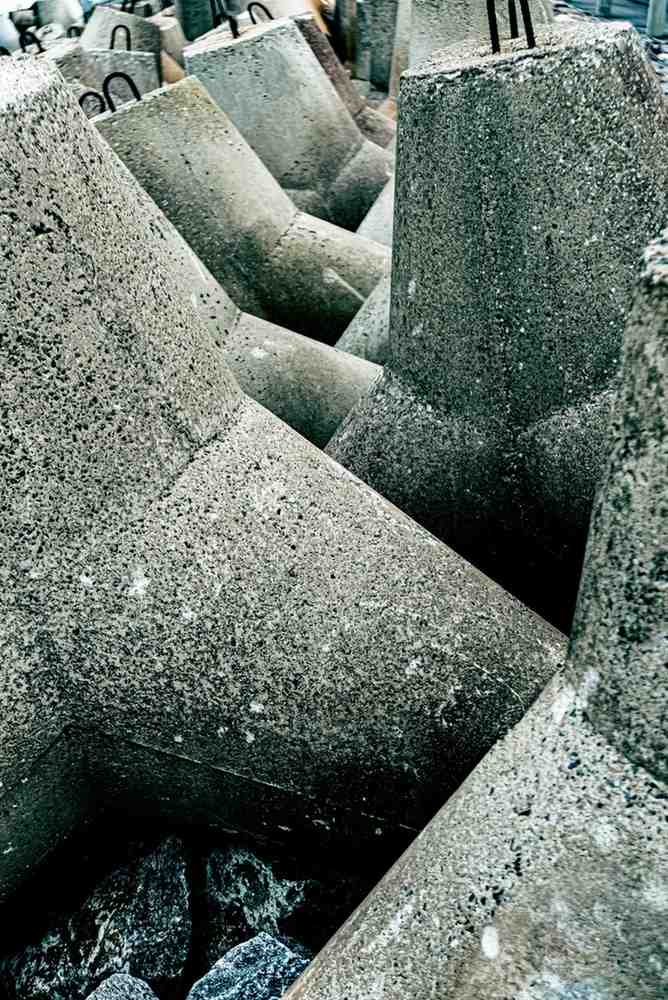Introduction
Concrete is the backbone of modern infrastructure, from skyscrapers and bridges to highways and dams. However, the traditional limitations of concrete—such as high water demand, poor workability, and early strength issues—led to the development of admixtures that could enhance its performance. Among these innovations, 3rd generation (3G) admixtures, primarily based on polycarboxylate ether (PCE) technology, stand out as game-changers in concrete technology.
This article explores the benefits of 3G admixtures, explaining why they are widely regarded as essential for durable, sustainable, and high-performance concrete in today’s construction industry.
1. Enhanced Workability and Flow
One of the most striking benefits of 3G admixtures is their ability to significantly improve the workability of fresh concrete. Traditional concrete mixes often required large amounts of water to make them easy to place and finish, but this reduced strength and durability.
3G admixtures use advanced molecular structures that disperse cement particles more effectively, creating a lubricating effect without adding extra water. As a result, concrete can achieve a high level of flowability while maintaining low water-to-cement ratios.
This makes 3G admixtures particularly valuable for:
- Self-compacting concrete (SCC)
- High-rise building construction where pumping concrete to great heights is required
- Complex structural elements with congested reinforcement
2. High Strength Development
Strength is a critical factor in any concrete mix, and 3G admixtures excel at maximizing both early-age and long-term strength. By reducing water content while keeping cement fully hydrated, these admixtures ensure that the hardened matrix is dense and uniform.
- Early strength: Helps accelerate construction schedules, allowing earlier formwork removal and faster project progress.
- Long-term strength: Improves resistance to heavy loads, ensuring structural safety and durability.
This is particularly beneficial in high-performance concrete (HPC) used in bridges, skyscrapers, and infrastructure projects that demand exceptional strength.
3. Improved Durability
Durability is often the ultimate measure of concrete quality. Structures exposed to aggressive environments—such as marine areas, industrial zones, or regions with freeze-thaw cycles—require concrete that can withstand deterioration.
3G admixtures enhance durability by:
- Reducing permeability, minimizing water and chemical ingress.
- Lowering the risk of alkali-silica reaction (ASR).
- Enhancing resistance against sulfates and chlorides, extending service life.
This means fewer repairs, reduced maintenance costs, and a more sustainable life cycle for concrete structures.
4. Reduction in Water Demand
Conventional concrete typically requires high water content to maintain workability, but this comes at the expense of strength and durability.
3G admixtures allow a reduction in water-cement ratios of up to 30% or more without sacrificing workability. This results in:
- Higher compressive strength.
- Denser microstructure.
- Better surface finishes.
This water-reducing property is particularly valuable in regions where water conservation is a critical issue.
5. Compatibility with Supplementary Cementitious Materials (SCMs)
Sustainability in construction often relies on incorporating SCMs such as fly ash, silica fume, slag, and metakaolin. However, these materials can sometimes reduce workability or slow strength gain.
3G admixtures are designed to work seamlessly with SCMs, ensuring that mixes remain easy to handle and still achieve the desired performance. This compatibility supports the production of green concrete, lowering CO₂ emissions from cement manufacturing.
6. Energy and Cost Efficiency
While 3G admixtures may initially appear more expensive than older alternatives, they actually lead to substantial cost savings when considering the whole project life cycle.
- Faster construction means lower labor and equipment costs.
- Reduced maintenance and repair extend service life.
- Efficient mixes require less cement, reducing overall material expenses.
Additionally, pumping concrete over long distances or heights consumes less energy when the mix is highly workable, leading to lower operational costs on site.
7. Support for Innovative Construction Techniques
Modern construction increasingly relies on advanced methods such as:
- Self-consolidating concrete (SCC)
- High-performance concrete (HPC)
- 3D printing of concrete elements
These technologies demand concrete with unique rheological properties, which 3G admixtures deliver. Their ability to finely control flow, setting times, and hydration makes them indispensable for innovative building methods.
8. Environmental Benefits
Sustainability has become a central theme in construction, and 3G admixtures contribute significantly to eco-friendly practices.
- By reducing cement demand, they cut CO₂ emissions.
- By lowering water usage, they conserve a vital natural resource.
- By extending service life, they reduce the need for demolition and reconstruction.
Many construction projects now prioritize materials with a low carbon footprint, making 3G admixtures an essential choice for environmentally responsible infrastructure.
9. Better Pumpability and Placement
For large-scale construction projects, the ability to pump concrete efficiently is critical. Concrete with poor rheology can cause blockages, segregation, or high pumping pressures.
3G admixtures enhance pumpability by creating a mix that flows smoothly through pipelines without segregation. This results in:
- Faster placement.
- Reduced mechanical wear on pumps.
- Lower risk of delays and technical issues.
10. Aesthetics and Surface Finish
In architectural concrete applications, appearance matters as much as strength. 3G admixtures help achieve smooth, uniform, and blemish-free finishes by ensuring consistent compaction and reducing honeycombing or voids.
This makes them highly valued in projects where concrete remains exposed, such as façades, decorative structures, and precast elements.
11. Flexibility in Mix Design
Every project is unique, with different performance requirements. 3G admixtures give engineers and contractors the flexibility to adjust concrete properties as needed.
- Retarders can be combined for hot weather concreting.
- Accelerators can be used in cold climates.
- Customized formulations allow balance between workability, strength, and setting time.
This versatility makes them suitable for diverse environments and construction challenges.
12. Contribution to Smart Cities and Modern Infrastructure
As urban areas expand, the demand for durable, sustainable, and intelligent infrastructure grows. 3G admixtures enable the production of concrete that meets the requirements of mega-projects, including smart cities, mass transit systems, and energy-efficient buildings.
Their contribution ensures that structures remain safe, durable, and environmentally friendly for decades to come.
Conclusion
The introduction of 3rd generation concrete admixtures represents a milestone in the evolution of construction materials. By enhancing workability, strength, durability, and sustainability, they address nearly every challenge faced by traditional concrete mixes.
Their benefits—ranging from cost savings and environmental conservation to improved structural performance and aesthetics—make them indispensable for modern infrastructure. As construction practices continue to evolve toward greater efficiency and sustainability, the role of 3G admixtures will only become more significant.
Whether it is a towering skyscraper, a vital bridge, or a sustainable housing project, 3G admixtures provide the performance edge needed to build stronger, longer-lasting, and greener structures.



